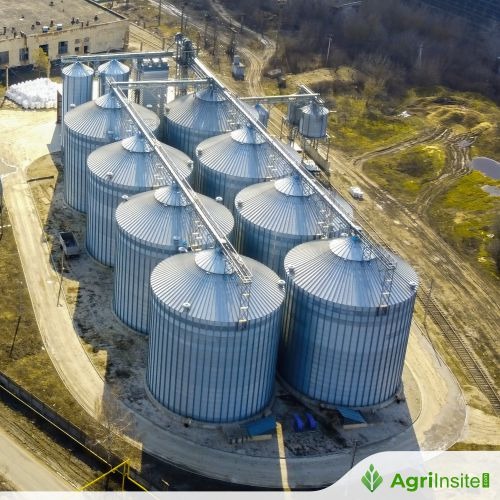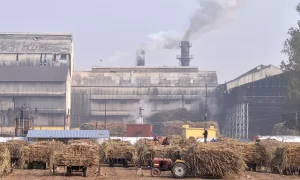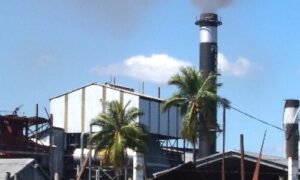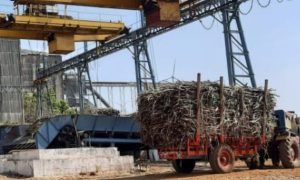India’s first cooperative-run compressed biogas and potash project launched in Maharashtra

India’s first cooperative-run compressed biogas (CBG) and potash granule project was inaugurated at Sahakar Maharshi Shankarrao Kolhe Sugar Factory. The plant converts sugar by-products and organic waste into CBG and fertilizer, boosting farmer income, promoting energy independence, and supporting sustainable waste management under a cooperative model.
Union Home and Cooperation Minister Amit Shah on Tuesday inaugurated India’s first cooperative-run compressed biogas (CBG) and spray dryer potash granule project at the Sahakar Maharshi Shankarrao Kolhe Cooperative Sugar Factory. The initiative combines clean energy production, fertilizer manufacturing, and agricultural waste management under a cooperative model, reports Adda 247.
The plant will produce CBG as an alternative to fossil fuels and potash granules for fertilizers using by-products from sugar processing and other organic waste. The cooperative framework ensures that farmers and local stakeholders share in the ownership and benefits.
“The project is a step towards energy independence and better income for farmers. It also promotes the reuse of agricultural waste,” a senior official said.
Backed by the National Cooperative Development Corporation (NCDC), the model is expected to be replicated in 15 other sugar cooperatives across the country. The government also plans to strengthen cooperatives, women’s self-help groups, and rural credit societies, while supporting farmers with enhanced Minimum Support Prices (MSP) and 1,000 seed processing units.
Key Benefits
Energy Independence: CBG can replace fossil fuels in some applications, reducing reliance on imports.
Waste to Value: Agricultural by-products are turned into potash fertilizer.
Farmer Income: Local farmers supplying biomass gain additional revenue.
Scalable Model: Can be replicated across cooperative sugar factories nationwide.
Environmentally Friendly: Reduces waste and lowers emissions.
Challenges
Ensuring the plant runs efficiently for both fuel and fertilizer production.
Maintaining a steady supply of agricultural waste.
Fairly distributing profits and benefits among farmers, workers, and cooperative members.
Covering operational and maintenance costs, especially in remote areas.
Meeting regulatory and environmental standards.
The project highlights a circular economy approach in the sugar industry, linking sustainable energy, fertilizer production, and rural development under a cooperative framework.
To Read more about Sugar Industry continue reading Agriinsite.com
Source : Bio Energy Times

















